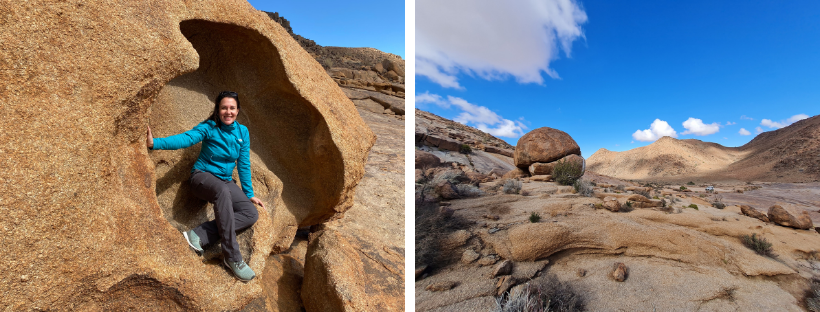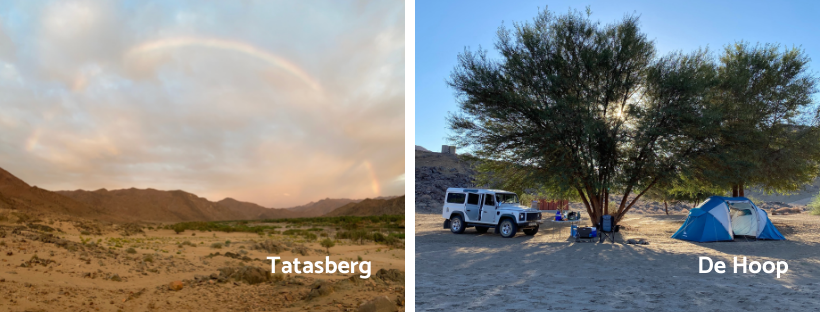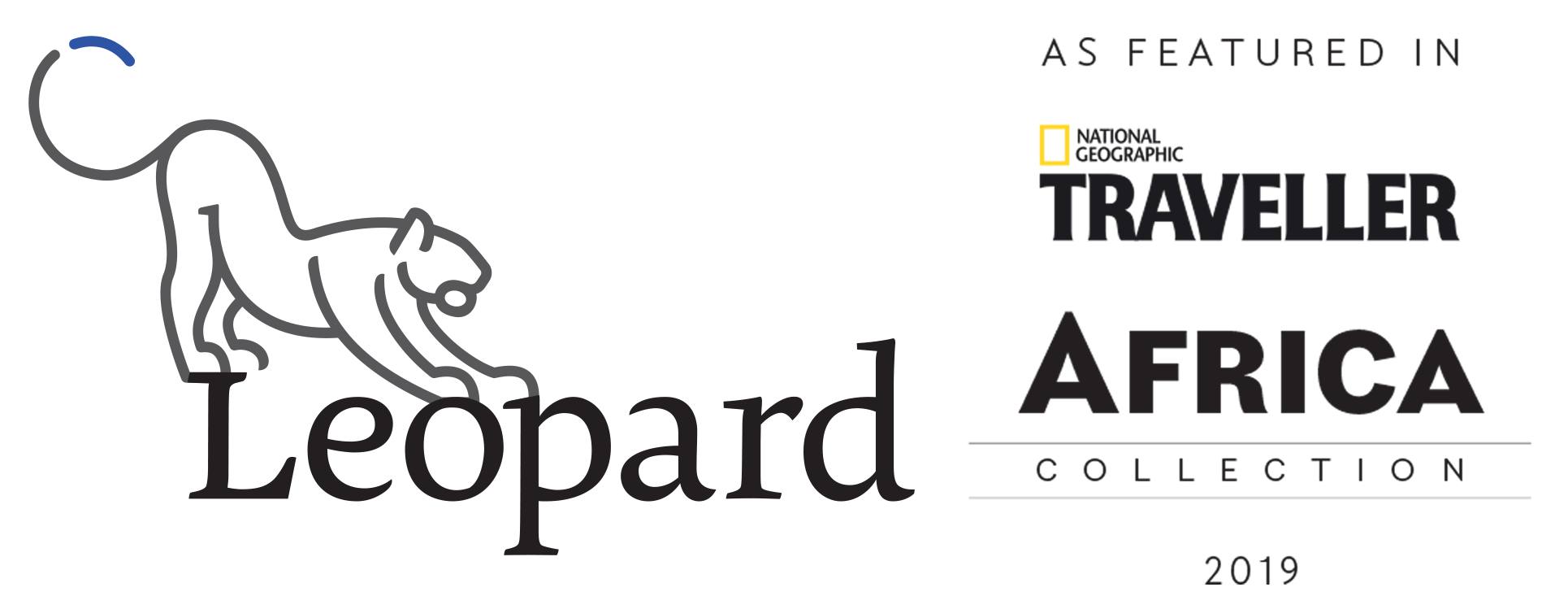The Richtersveld is an adventurous wilderness escape like no other.
The Richtersveld is not easy to get to. It is at least two long days of driving from Cape Town, or three days if you would like to take it slower. Our overnight stop was just outside Springbok but stopping in Springbok meant that the next day’s drive into the Richtersveld was long and tiring. If I did it again, I would overnight at Port Nolloth or even in the tiny communites of Lekkersing or Kuboes.
Part of the attraction of the Richtersveld is its remote location. This, combined with some of the most spectacular landscapes I’ve ever seen, makes it exceptional. The environment is extremely harsh – dry, hot and windy. Any life form that survives here is highly adapted to this habitat. We stopped frequently to get out of the car and marvel at the plant life around us. The Succulent Karoo biome, which the Richtersveld forms part of, is internationally recognised for its biodiversity. Below is a small selection of the plant species we saw.

If we weren’t stopping to look at plants and stones, we were stopping for the magnificent views. The landscape changes dramatically from one part of the park to the next. For this reason, it is a good idea to stay in at least three of the camps. Distances between the camps are short but driving time is usually much longer than expected due to the arduous terrain, which is suitable for 4 x 4’s only. Some of the roads are technically difficult driving, so be prepared to use the full range of capabilities on your 4×4. Domorogh Pass was by far the most difficult pass we drove. It is steep, rocky, narrow and extremely slow going.
Dramatic views are literally everywhere. They are not easily captured on camera but the unusual granite rock formations in and around Kokerboomkloof make great photographic subjects. The Tatasberg Mountain viewpoint, on the way to the Kokerboomkloof campsite, is a completely wild and and breathtaking place, and is pictured above and below.

I loved the campsites at Kokerboomkloof. We scrambled to the top of the boulders surrounding our campsite and watched the sun go down over this beautiful valley, content with the world and our place in it. In the evening, we marvelled at the net of bright stars covering the sky. The valley is one of the hottest places in the park, with summer temperatures reaching 50 degrees celsius, so visits are only possible in the winter months.

We stayed at three other camps in the park: Sendelingsdrift, Tatasberg and De Hoop. Tatasberg was beautifully set along the Orange River with stunning views towards Namibia. The basic huts offer the luxury of a solar powered fridge, lights and hot water. We woke up early to do a small trail run and were greeted by a beautiful rainbow, a sighting as rare as they come here in the desert. I also saw and heard a Goliath Heron flying slowly up river calling its distinctive and unusual barking call.
De Hoop was the most popular of all the camp sites. It is situated along the banks of the Orange River where the river widens and flows less strongly, so swimming is pleasant. I took a dip after my morning run, but it was freezing cold so I didn’t stay in for long. De Hoop was our last stop so the lush green vegetation along the banks of the river was a sight for sore eyes after the rock and sand everywhere else. The nomadic Nama pastoralists herd their goats and sheep along the river every morning, and back in the afternoon. There are a maximum of 6,600 small stock units allowed in the park and these limits need to be maintained in order to ensure sustainability of resources.

Unfortunately you cannot avoid Sendelingsdrift because you need to get your park exit permit there. But I recommend the shortest possible stay there. It is the headquarters for the park, has a border crossing with Namibia (via pont) and is also a mining town. The surrounding environment has been completely ruined by diamond mining. I place very little value in diamonds and don’t own any except my grandmother’s engagement ring. So I was outraged to see how diamond mining has destroyed much of the west coast of South Africa, especially the area between Port Nolloth and Alexander Bay and the Orange River at Sendelingsdrift. The national park says that they have an agreement with the mining company to rehabilitate the environment but I am not sure whether that is actually possible. Even if you don’t care about the mining, I don’t suggest staying long at Sendelingsdrift because you will be woken before dawn by mine workers starting work and mine trucks driving past the campsite.
There are a few things to be aware of if you are planning a trip to the park. There is no cellphone reception except in Sendelingsdrift. You can refuel at Sendelingsdrift and it is best to carry extra fuel with you. You have to carry your own water to drink and cook with, and require 5 litres per person per day, minimum in winter, and in summer you will likely need more. You need to remove all your own rubbish from the park. There are some dangerous snakes and scorpions in the park and a bite from a puff adder is a serious medical emergency that requires immediate attention. It is not advisable to walk around without shoes after dark, or sleep on the bare ground, for this reason.
The roads to enter and exit the park are in universally bad condition, however we found the road from Alexander Bay into the Richtersveld worse than others due to long sections of deep and numerous corrugations. We drove back via Lekkersing which was a better quality road but still slow. Another option is to go via Kuboes and Vioolsdrif.
If you would like to plan a trip to the Richtersveld, we would be happy to help, so please get in touch!
Happy traveling,
Diana
P.S. This month, I would like to highlight our podcast episode with Jo Buitendag from PAST Experiences. She talks about another off the beaten track destination for tourists – Johannesburg! Have a listen on our website.
P.P.S If you want to read about the second part of this trip, our visit to the Namaqualand, take a read on our blog here: https://leopard.voyage/2021/06/28/the-namaqualand-issue/
Sign up for more newsletters like this here: https://mailchi.mp/2e4afa50d15f/leopard


